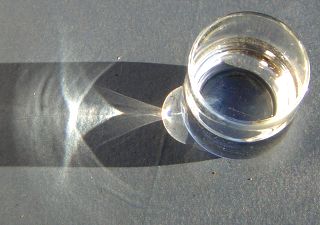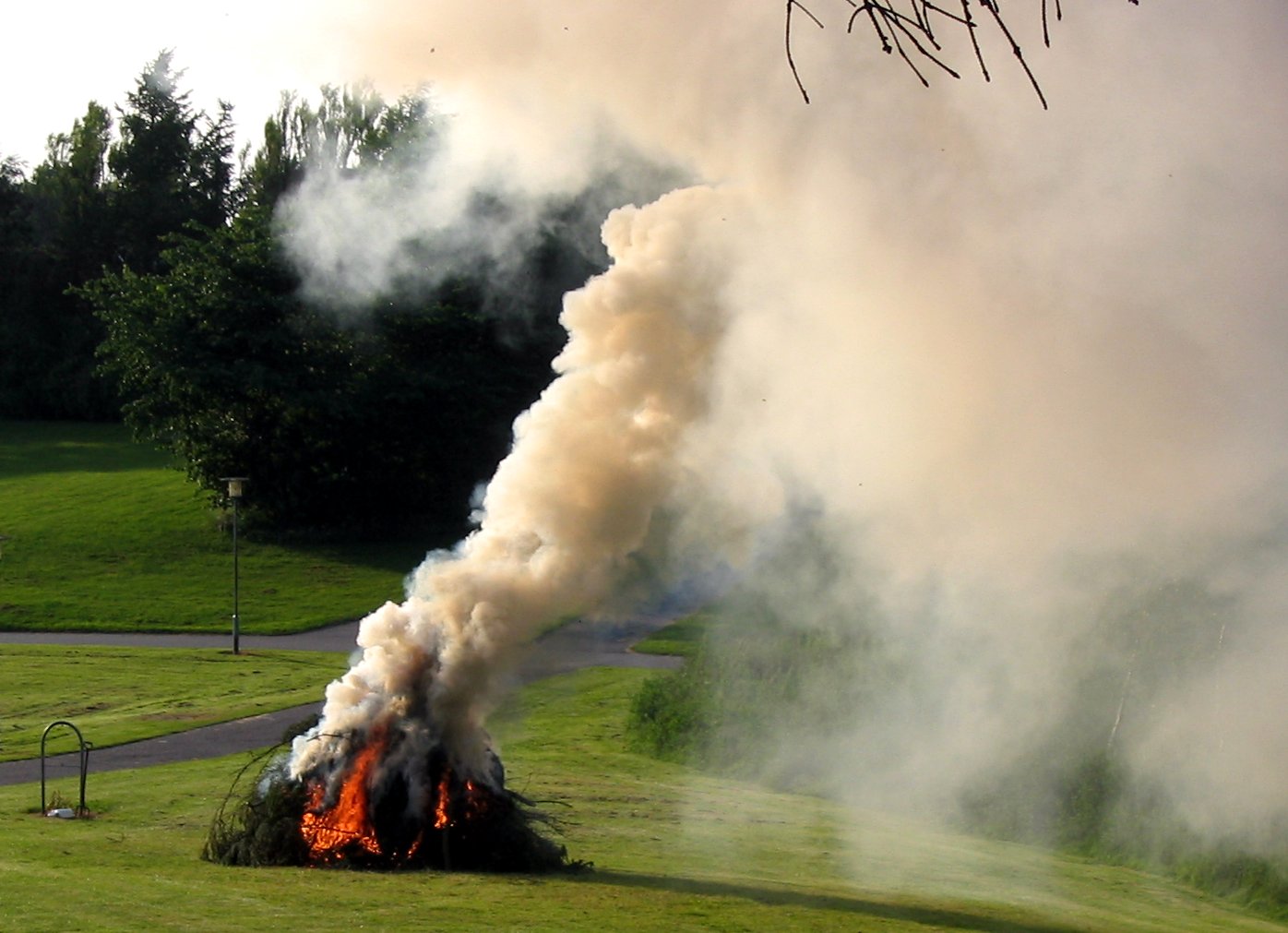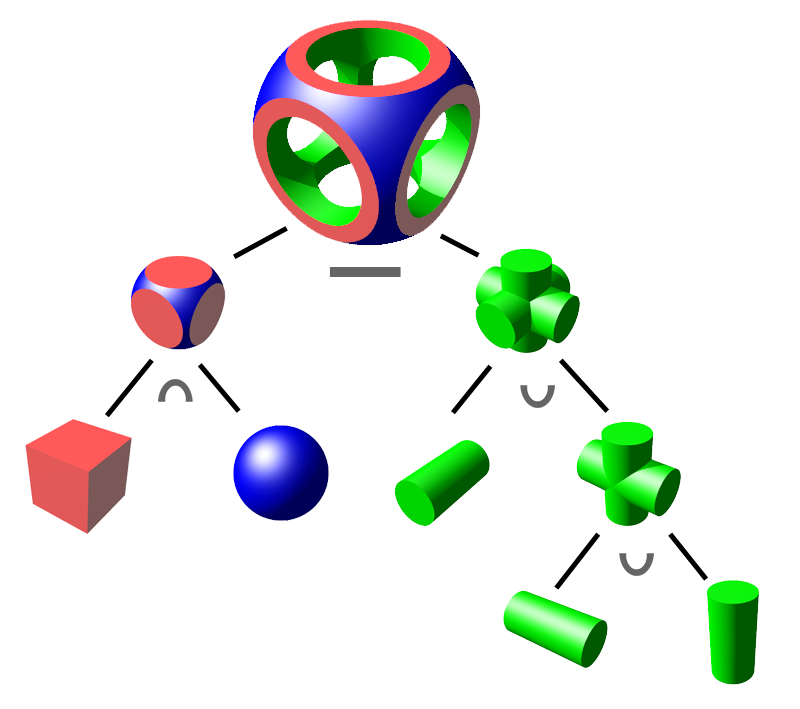|
Povray
The Persistence of Vision Ray Tracer, most commonly acronymed as POV-Ray, is a cross-platform ray-tracing program that generates images from a text-based scene description. It was originally based on DKBTrace, written by David Kirk Buck and Aaron A. Collins for Amiga computers. There are also influences from the earlier Polyray raytracer because of contributions from its author, Alexander Enzmann. POV-Ray is free and open-source software, with the source code available under the AGPL-3.0-or-later license. History Sometime in the 1980s, David Kirk Buck downloaded the source code for a Unix ray tracer to his Amiga. He experimented with it for a while and eventually decided to write his own ray tracer named DKBTrace after his initials. He posted it to the "You Can Call Me Ray" bulletin board system (BBS) in Chicago, thinking others might be interested in it. In 1987, Aaron A. Collins downloaded DKBTrace and began working on an x86 port of it. He and David Buck collaborated to ... [...More Info...] [...Related Items...] OR: [Wikipedia] [Google] [Baidu] |
Cross-platform
In computing, cross-platform software (also called multi-platform software, platform-agnostic software, or platform-independent software) is computer software that is designed to work in several computing platforms. Some cross-platform software requires a separate build for each platform, but some can be directly run on any platform without special preparation, being written in an interpreted language or compiled to portable bytecode for which the interpreters or run-time packages are common or standard components of all supported platforms. For example, a cross-platform application may run on Microsoft Windows, Linux, and macOS. Cross-platform software may run on many platforms, or as few as two. Some frameworks for cross-platform development are Codename One, Kivy, Qt, Flutter, NativeScript, Xamarin, Phonegap, Ionic, and React Native. Platforms ''Platform'' can refer to the type of processor (CPU) or other hardware on which an operating system (OS) or application runs, t ... [...More Info...] [...Related Items...] OR: [Wikipedia] [Google] [Baidu] |
FLOSS Weekly
FLOSS Weekly is a free and open-source software (FLOSS) themed netcast from the TWiT Network. The show premiered on April 7, 2006, and features interviews with prominent guests from the free software/open source community. It was originally hosted by Leo Laporte; his cohost for the first seventeen episodes was Chris DiBona and subsequently Randal Schwartz. In May 2010, Schwartz took over from Laporte as lead host. May 2020 saw Doc Searls take over the host role in episode 578. Many influential people from the free and open-source community have appeared on the show, including Kent Beck, Ward Cunningham, Miguel de Icaza, Rasmus Lerdorf, Tim O'Reilly,"CNET reporting on Tim O'Reilly Interview" news.cent.com, Last verified 2010-01-22 |
Capillary Wave
A capillary wave is a wave traveling along the phase boundary of a fluid, whose dynamics and phase velocity are dominated by the effects of surface tension. Capillary waves are common in nature, and are often referred to as ripples. The wavelength of capillary waves on water is typically less than a few centimeters, with a phase speed in excess of 0.2–0.3 meter/second. A longer wavelength on a fluid interface will result in gravity–capillary waves which are influenced by both the effects of surface tension and gravity, as well as by fluid inertia. Ordinary gravity waves have a still longer wavelength. When generated by light wind in open water, a nautical name for them is cat's paw waves. Light breezes which stir up such small ripples are also sometimes referred to as cat's paws. On the open ocean, much larger ocean surface waves (seas and swells) may result from coalescence of smaller wind-caused ripple-waves. Dispersion relation The dispersion relation describes ... [...More Info...] [...Related Items...] OR: [Wikipedia] [Google] [Baidu] |
Wrinkle
A wrinkle, also known as a rhytid, is a fold, ridge or crease in an otherwise smooth surface, such as on skin or fabric. Skin wrinkles typically appear as a result of ageing processes such as glycation, habitual sleeping positions, loss of body mass, sun damage, or temporarily, as the result of prolonged immersion in water. Age wrinkling in the skin is promoted by habitual facial expressions, aging, sun damage, smoking, poor hydration, and various other factors. In humans, it can also be prevented to some degree by avoiding excessive solar exposure and through diet (in particular through consumption of carotenoids, tocopherols and flavonoids, vitamins (A, C, D and E), essential omega-3-fatty acids, certain proteins and lactobacilli). Skin Causes for aging wrinkles Development of facial wrinkles is a kind of fibrosis of the skin. Misrepair-accumulation aging theory suggests that wrinkles develop from incorrect repairs of injured elastic fibers and collagen fibers. Repea ... [...More Info...] [...Related Items...] OR: [Wikipedia] [Google] [Baidu] |
Photon Mapping
In computer graphics, photon mapping is a two-pass global illumination rendering algorithm developed by Henrik Wann Jensen between 1995 and 2001Jensen, H. (1996). ''Global Illumination using Photon Maps''. nlineAvailable at: http://graphics.stanford.edu/~henrik/papers/ewr7/egwr96.pdf that approximately solves the rendering equation for integrating light radiance at a given point in space. Rays from the light source (like photons) and rays from the camera are traced independently until some termination criterion is met, then they are connected in a second step to produce a radiance value. The algorithm is used to realistically simulate the interaction of light with different types of objects (similar to other photorealistic rendering techniques). Specifically, it is capable of simulating the refraction of light through a transparent substance such as glass or water (including caustics), diffuse interreflection between illuminated objects, the subsurface scattering of light in tr ... [...More Info...] [...Related Items...] OR: [Wikipedia] [Google] [Baidu] |
Caustic (optics)
In optics, a caustic or caustic network is the envelope of light rays which have been reflected or refracted by a curved surface or object, or the projection of that envelope of rays on another surface. The caustic is a curve or surface to which each of the light rays is tangent, defining a boundary of an envelope of rays as a curve of concentrated light. Therefore, in the photo to the right, caustics can be seen as patches of light or their bright edges. These shapes often have cusp singularities. Explanation Concentration of light, especially sunlight, can burn. The word ''caustic'', in fact, comes from the Greek καυστός, burnt, via the Latin ''causticus'', burning. A common situation where caustics are visible is when light shines on a drinking glass. The glass casts a shadow, but also produces a curved region of bright light. In ideal circumstances (including perfectly parallel rays, as if from a point source at infinity), a nephroid-shaped patch of light ... [...More Info...] [...Related Items...] OR: [Wikipedia] [Google] [Baidu] |
Refraction
In physics, refraction is the redirection of a wave as it passes from one medium to another. The redirection can be caused by the wave's change in speed or by a change in the medium. Refraction of light is the most commonly observed phenomenon, but other waves such as sound waves and water waves also experience refraction. How much a wave is refracted is determined by the change in wave speed and the initial direction of wave propagation relative to the direction of change in speed. For light, refraction follows Snell's law, which states that, for a given pair of media, the ratio of the sines of the angle of incidence ''θ1'' and angle of refraction ''θ2'' is equal to the ratio of phase velocities (''v''1 / ''v''2) in the two media, or equivalently, to the refractive indices (''n''2 / ''n''1) of the two media. :\frac =\frac=\frac Optical prisms and lenses use refraction to redirect light, as does the human eye. The refractive index of materials varies with the wavelengt ... [...More Info...] [...Related Items...] OR: [Wikipedia] [Google] [Baidu] |
Reflection (physics)
Reflection is the change in direction of a wavefront at an interface between two different media so that the wavefront returns into the medium from which it originated. Common examples include the reflection of light, sound and water waves. The ''law of reflection'' says that for specular reflection (for example at a mirror) the angle at which the wave is incident on the surface equals the angle at which it is reflected. In acoustics, reflection causes echoes and is used in sonar. In geology, it is important in the study of seismic waves. Reflection is observed with surface waves in bodies of water. Reflection is observed with many types of electromagnetic wave, besides visible light. Reflection of Very high frequency, VHF and higher frequencies is important for radio transmission and for radar. Even hard X-rays and gamma rays can be reflected at shallow angles with special "grazing" mirrors. Reflection of light Reflection of light is either ''Specular reflection, specular'' (mi ... [...More Info...] [...Related Items...] OR: [Wikipedia] [Google] [Baidu] |
Clouds
In meteorology, a cloud is an aerosol consisting of a visible mass of miniature liquid droplets, frozen crystals, or other particles suspended in the atmosphere of a planetary body or similar space. Water or various other chemicals may compose the droplets and crystals. On Earth, clouds are formed as a result of saturation of the air when it is cooled to its dew point, or when it gains sufficient moisture (usually in the form of water vapor) from an adjacent source to raise the dew point to the ambient temperature. They are seen in the Earth's homosphere, which includes the troposphere, stratosphere, and mesosphere. Nephology is the science of clouds, which is undertaken in the cloud physics branch of meteorology. There are two methods of naming clouds in their respective layers of the homosphere, Latin and common name. Genus types in the troposphere, the atmospheric layer closest to Earth's surface, have Latin names because of the universal adoption of Luke Howard's n ... [...More Info...] [...Related Items...] OR: [Wikipedia] [Google] [Baidu] |
Smoke
Smoke is a suspension of airborne particulates and gases emitted when a material undergoes combustion or pyrolysis, together with the quantity of air that is entrained or otherwise mixed into the mass. It is commonly an unwanted by-product of fires (including stoves, candles, internal combustion engines, oil lamps, and fireplaces), but may also be used for pest control ( fumigation), communication ( smoke signals), defensive and offensive capabilities in the military (smoke screen), cooking, or smoking (tobacco, cannabis, etc.). It is used in rituals where incense, sage, or resin is burned to produce a smell for spiritual or magical purposes. It can also be a flavoring agent and preservative. Smoke inhalation is the primary cause of death in victims of indoor fires. The smoke kills by a combination of thermal damage, poisoning and pulmonary irritation caused by carbon monoxide, hydrogen cyanide and other combustion products. Smoke is an aerosol (or mist) of solid particl ... [...More Info...] [...Related Items...] OR: [Wikipedia] [Google] [Baidu] |
Light Source
Light or visible light is electromagnetic radiation that can be perceived by the human eye. Visible light is usually defined as having wavelengths in the range of 400–700 nanometres (nm), corresponding to frequencies of 750–420 terahertz, between the infrared (with longer wavelengths) and the ultraviolet (with shorter wavelengths). In physics, the term "light" may refer more broadly to electromagnetic radiation of any wavelength, whether visible or not. In this sense, gamma rays, X-rays, microwaves and radio waves are also light. The primary properties of light are intensity, propagation direction, frequency or wavelength spectrum and polarization. Its speed in a vacuum, 299 792 458 metres a second (m/s), is one of the fundamental constants of nature. Like all types of electromagnetic radiation, visible light propagates by massless elementary particles called photons that represents the quanta of electromagnetic field, and can be analyzed as both waves and partic ... [...More Info...] [...Related Items...] OR: [Wikipedia] [Google] [Baidu] |
Constructive Solid Geometry
Constructive solid geometry (CSG; formerly called computational binary solid geometry) is a technique used in solid modeling. Constructive solid geometry allows a modeler to create a complex surface or object by using Boolean operators to combine simpler objects,, potentially generating visually complex objects by combining a few primitive ones.. In 3D computer graphics and CAD, CSG is often used in procedural modeling. CSG can also be performed on polygonal meshes, and may or may not be procedural and/or parametric. Contrast CSG with polygon mesh modeling and box modeling. Workings The simplest solid objects used for the representation are called ''geometric primitives''. Typically they are the objects of simple shape: cuboids, cylinders, prisms, pyramids, spheres, cones. The set of allowable primitives is limited by each software package. Some software packages allow CSG on curved objects while other packages do not. An object is ''constructed'' from primitives by means ... [...More Info...] [...Related Items...] OR: [Wikipedia] [Google] [Baidu] |


.jpg)






.jpg)
